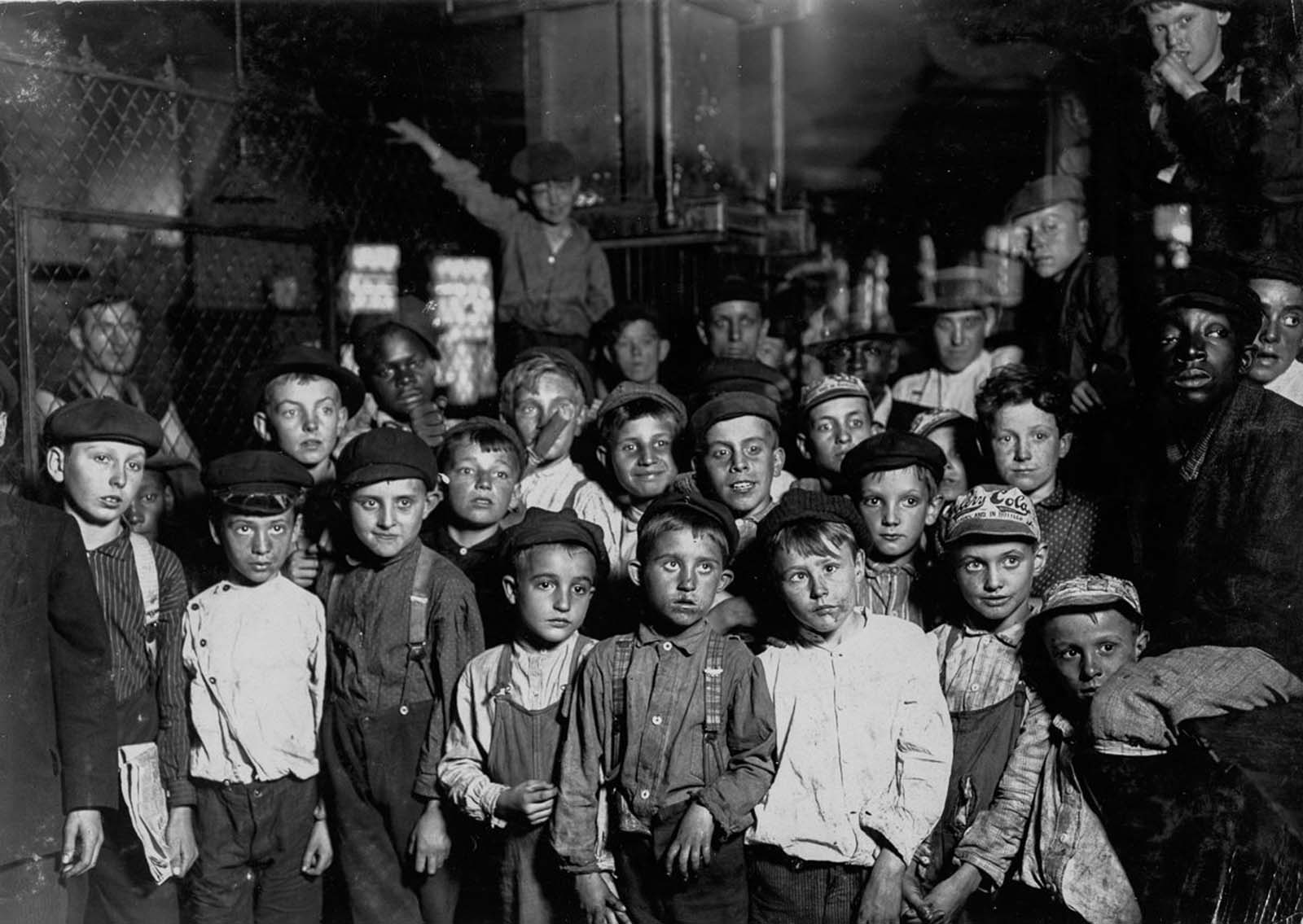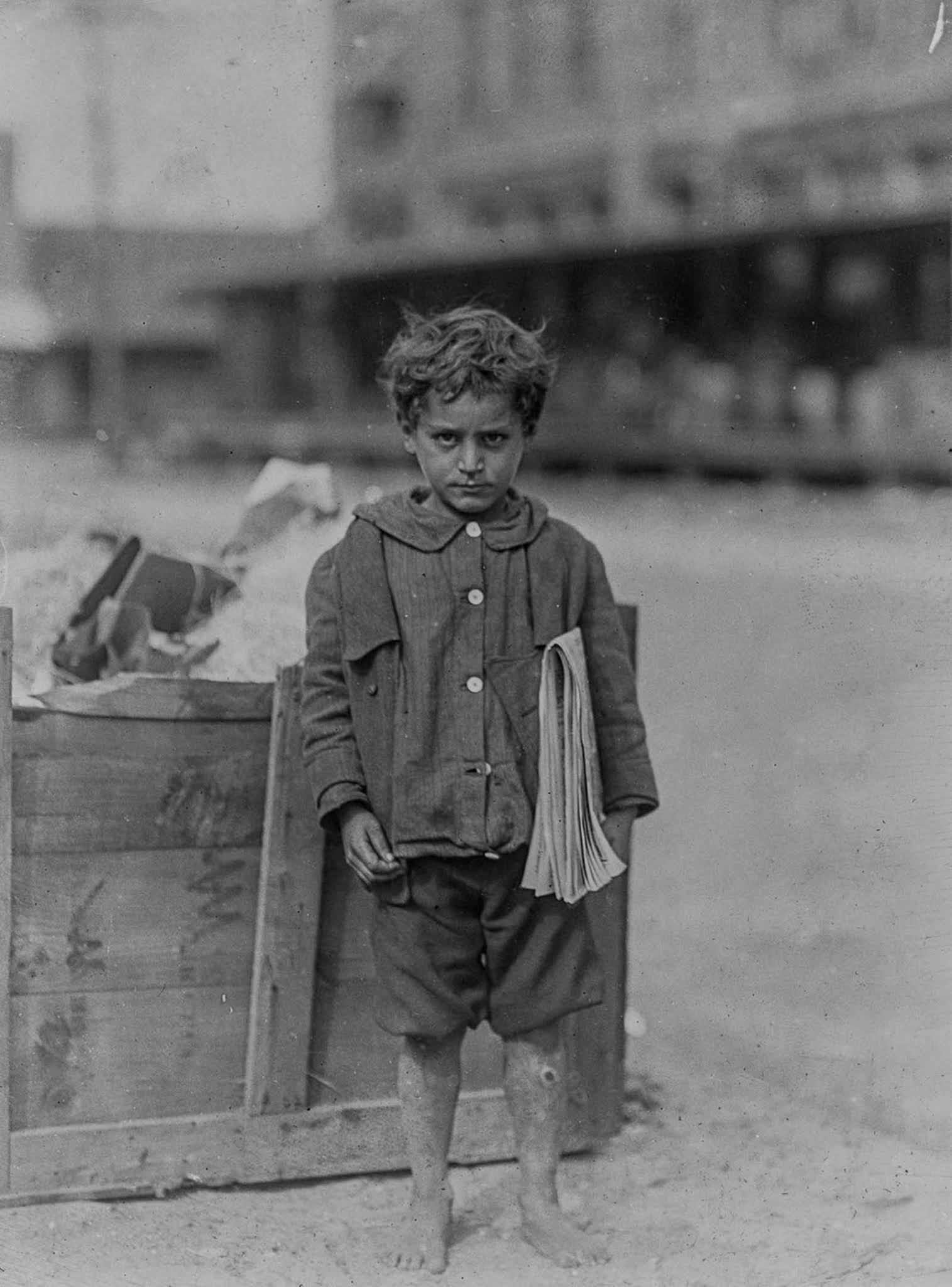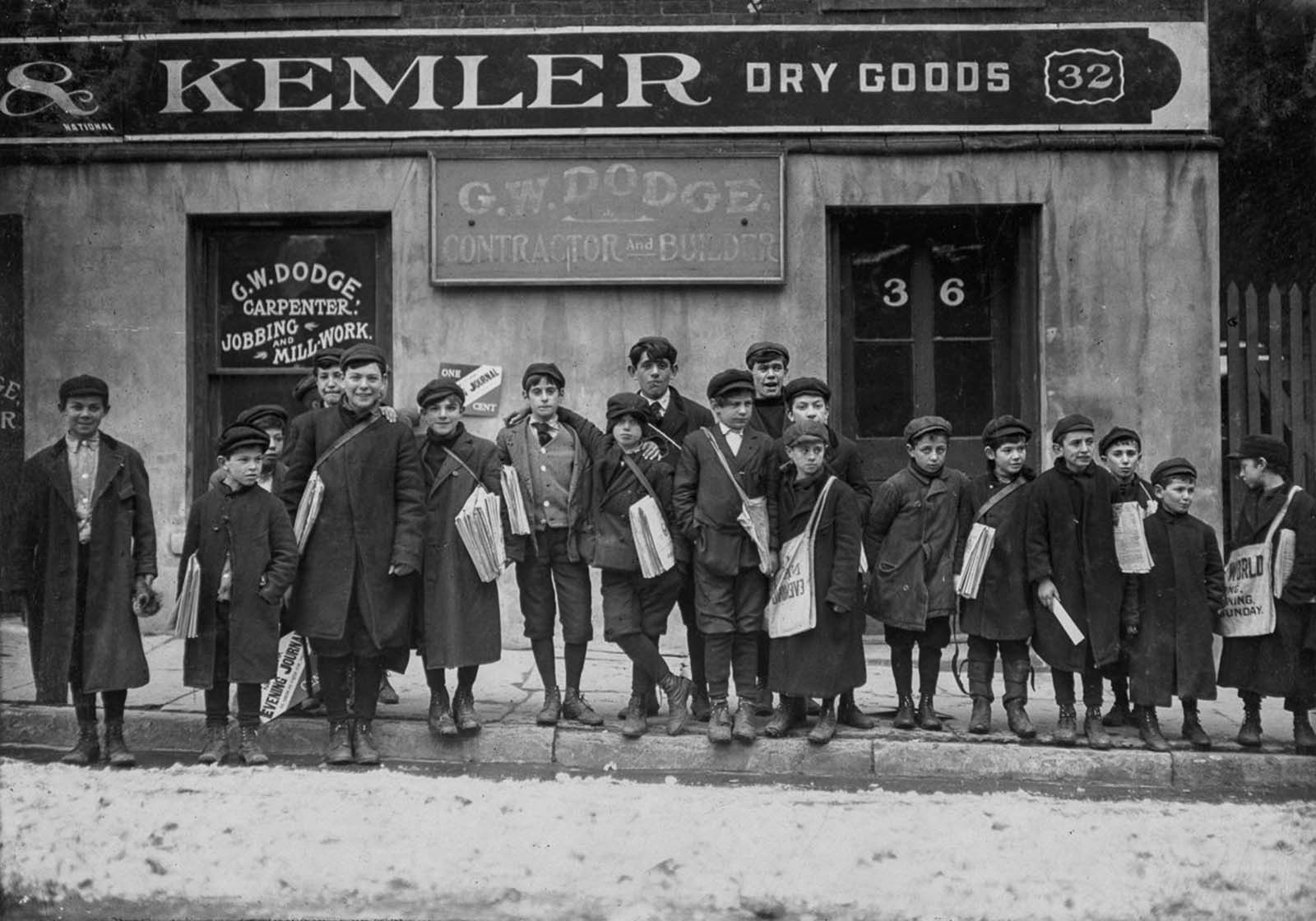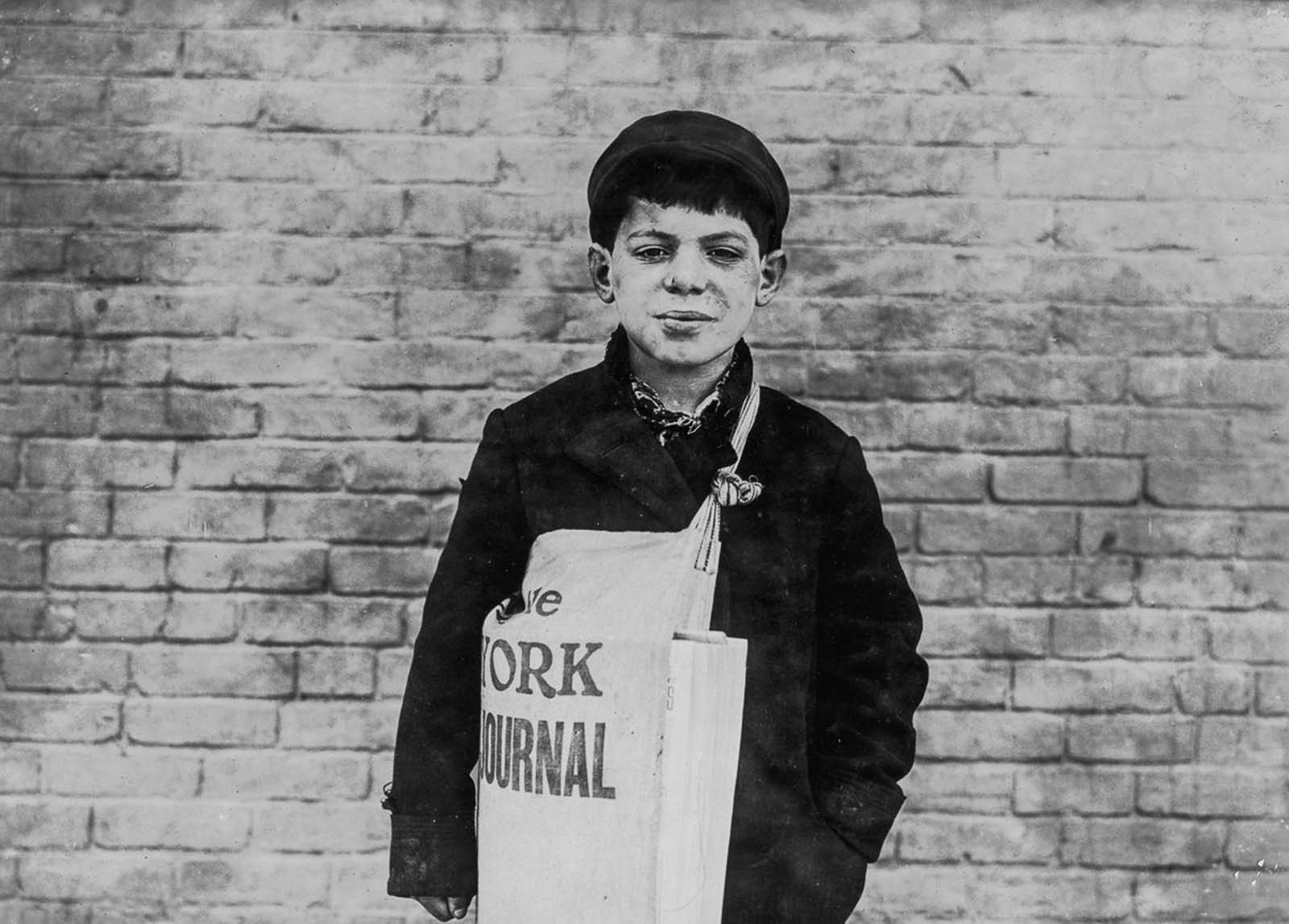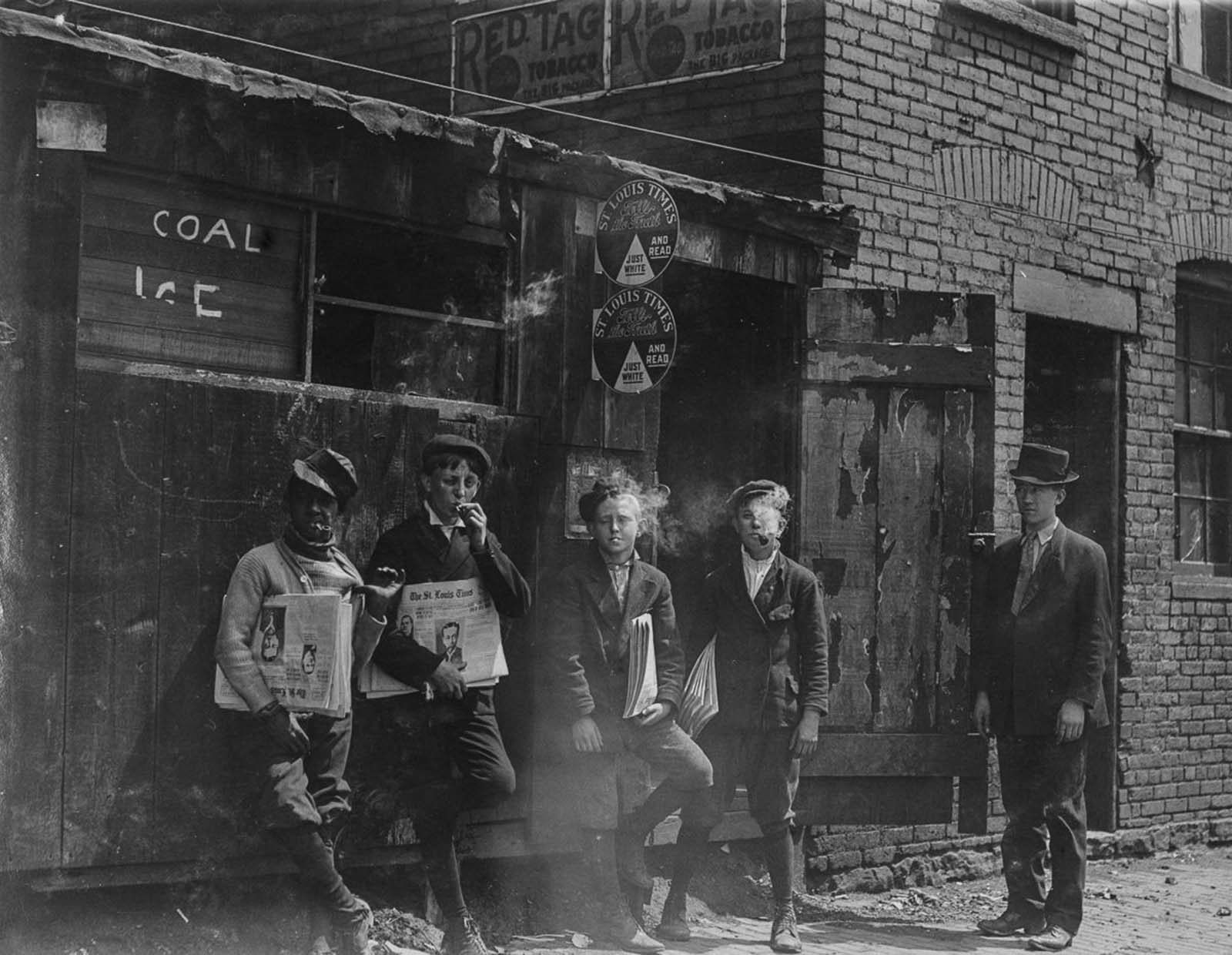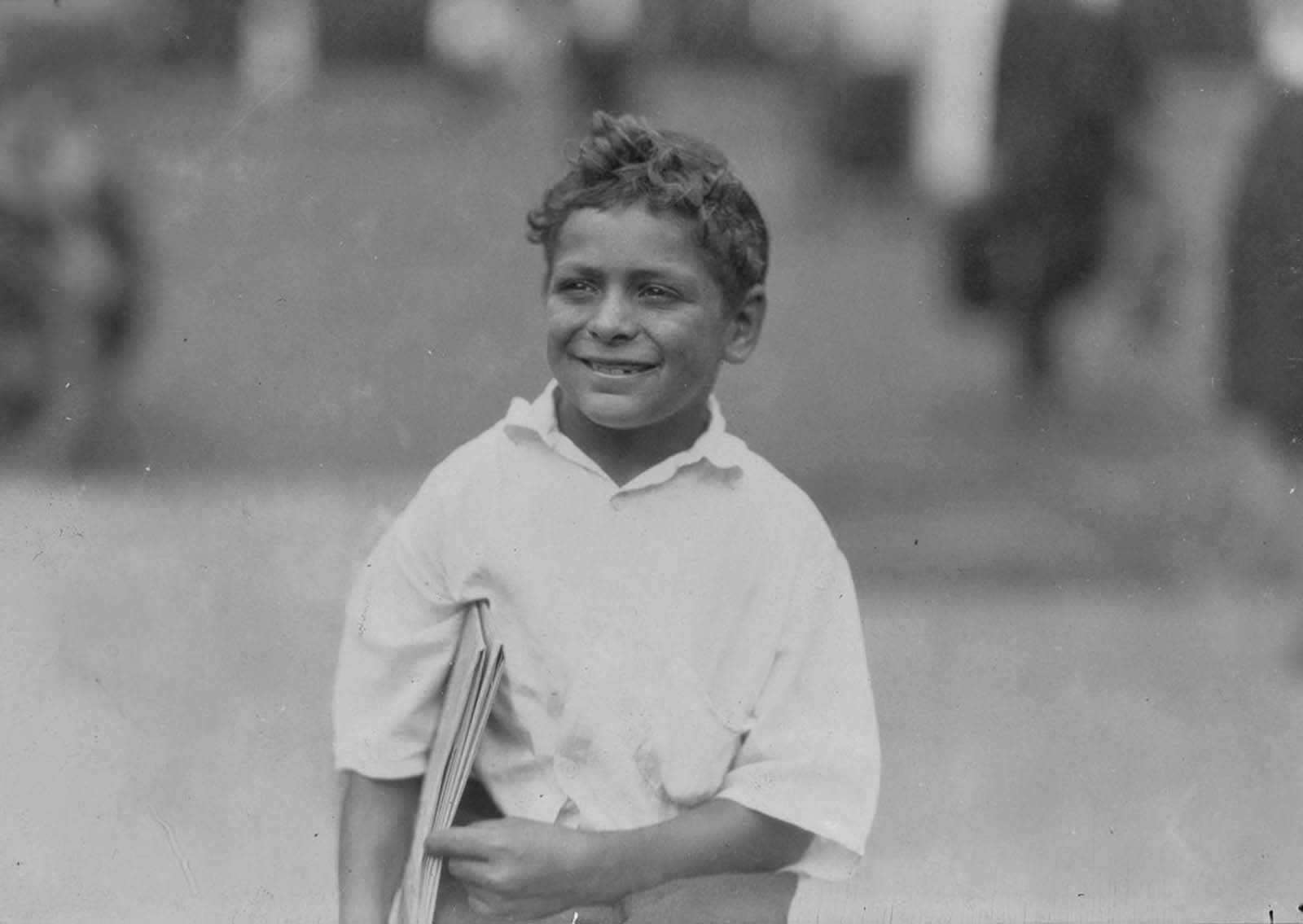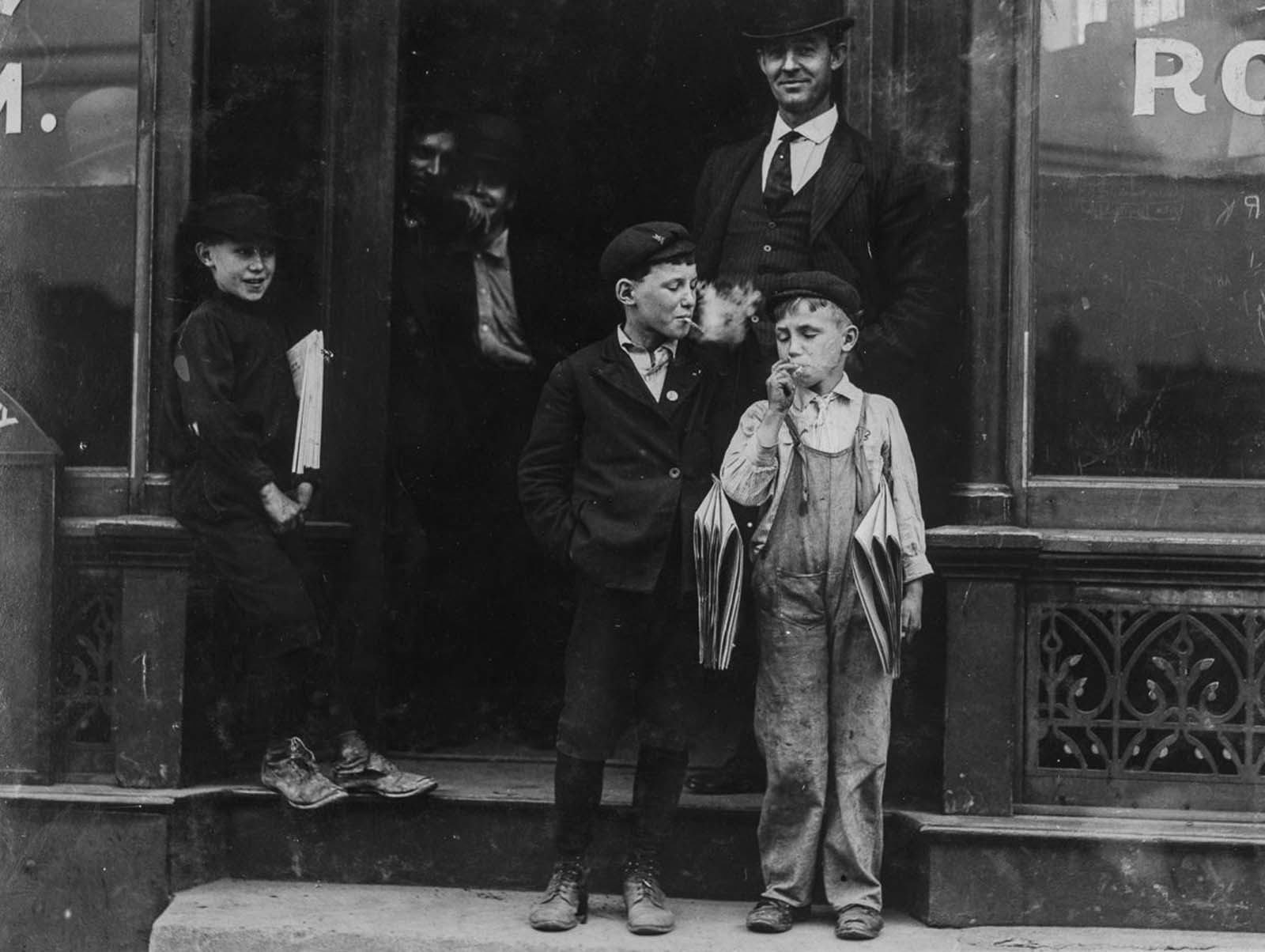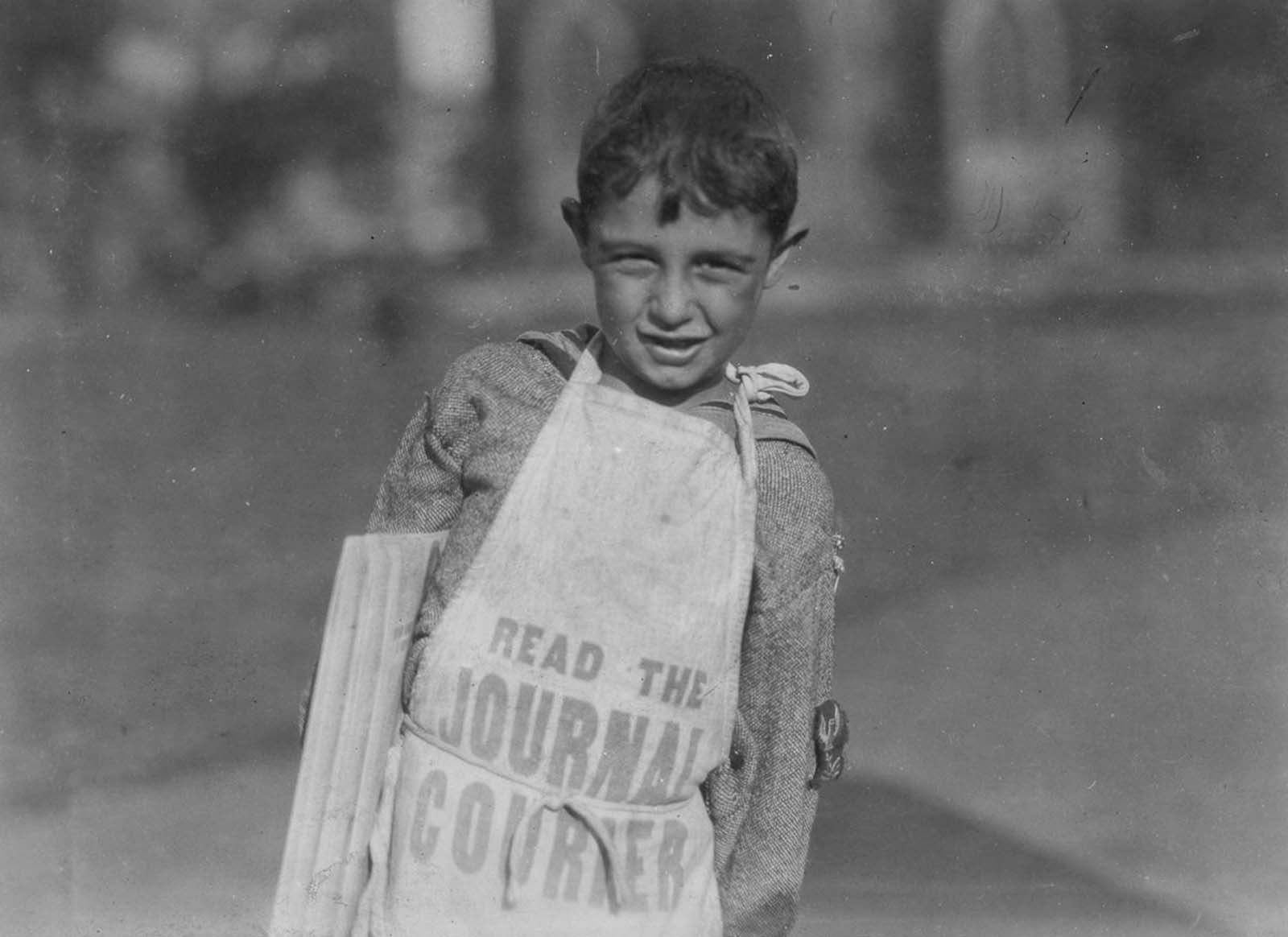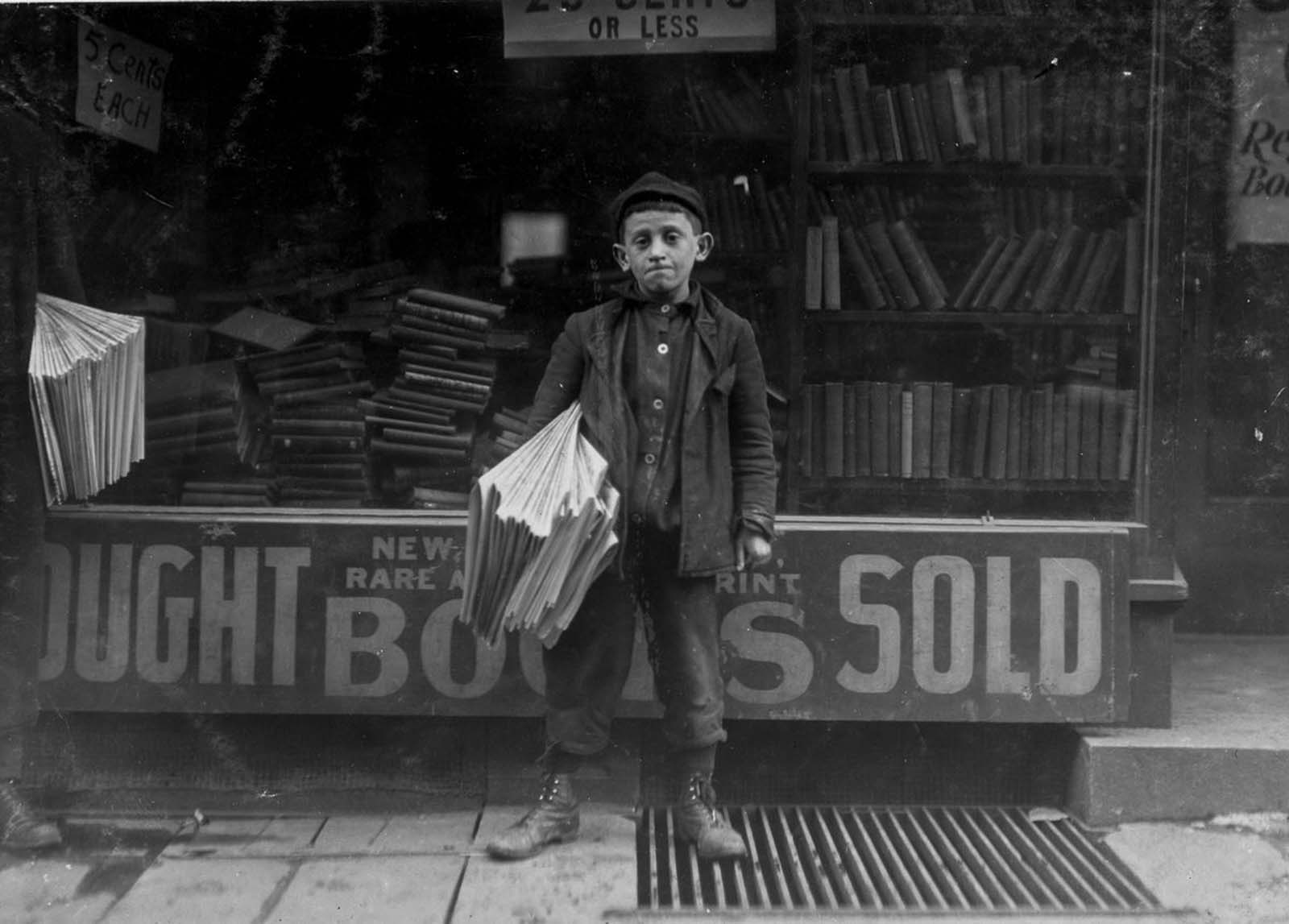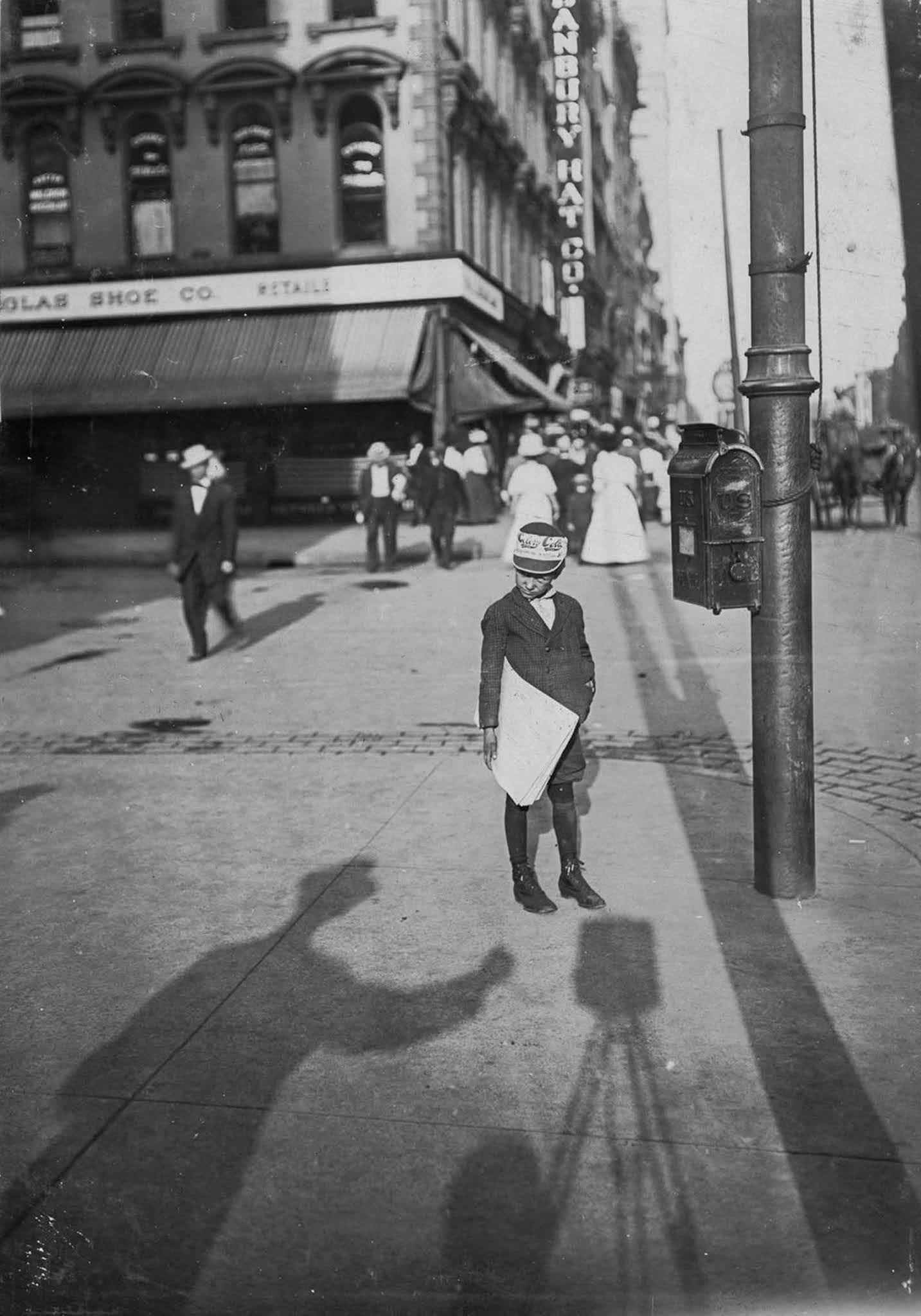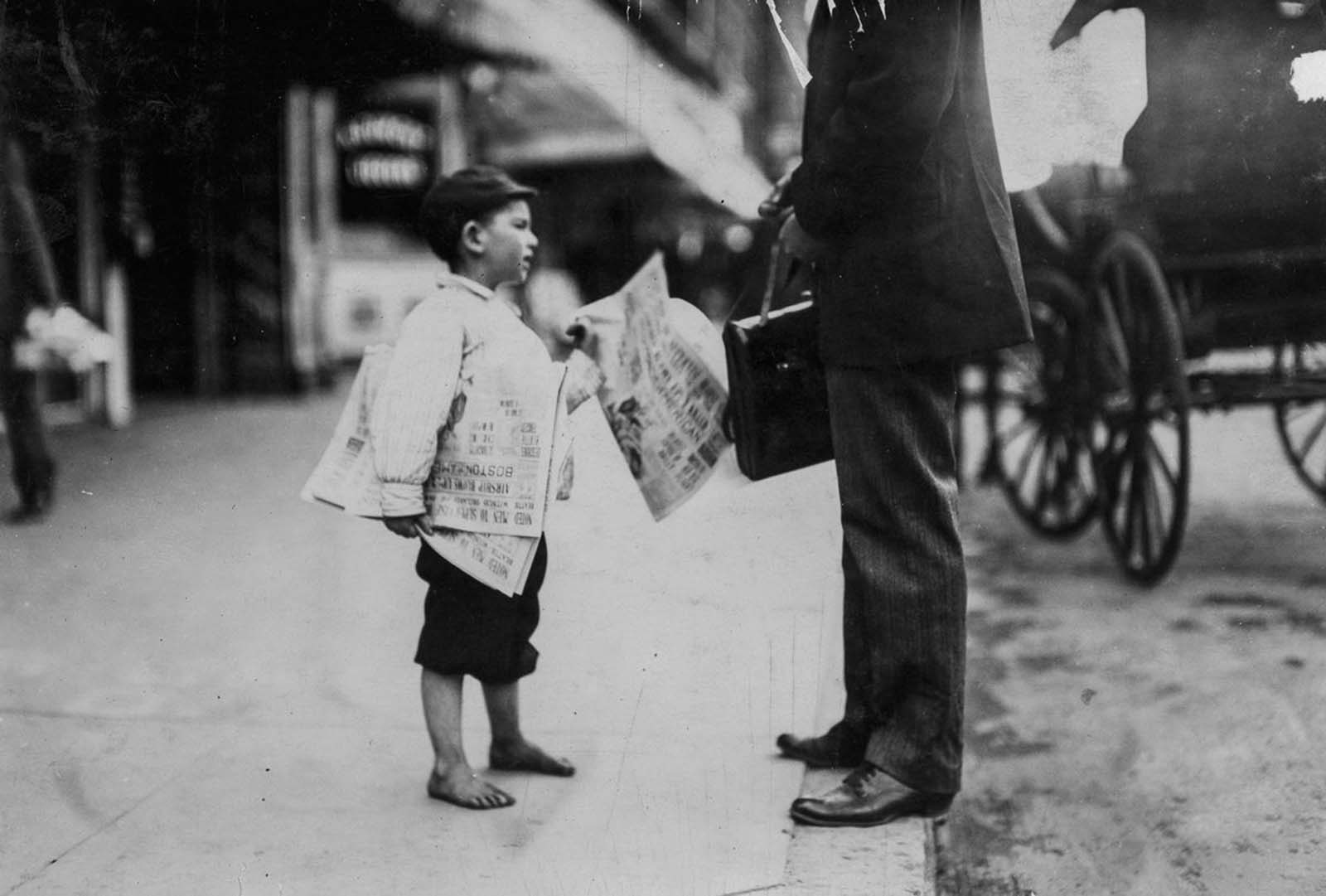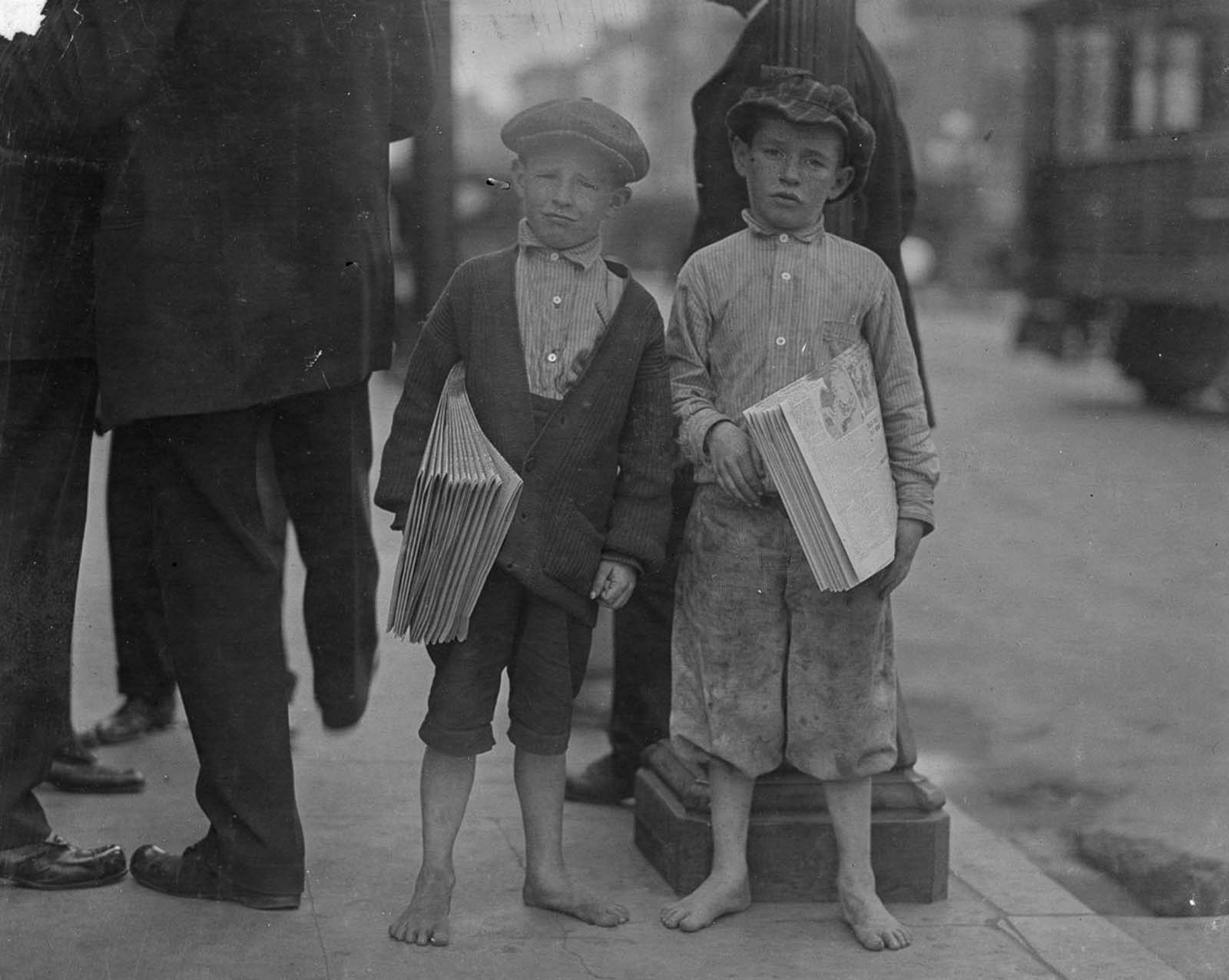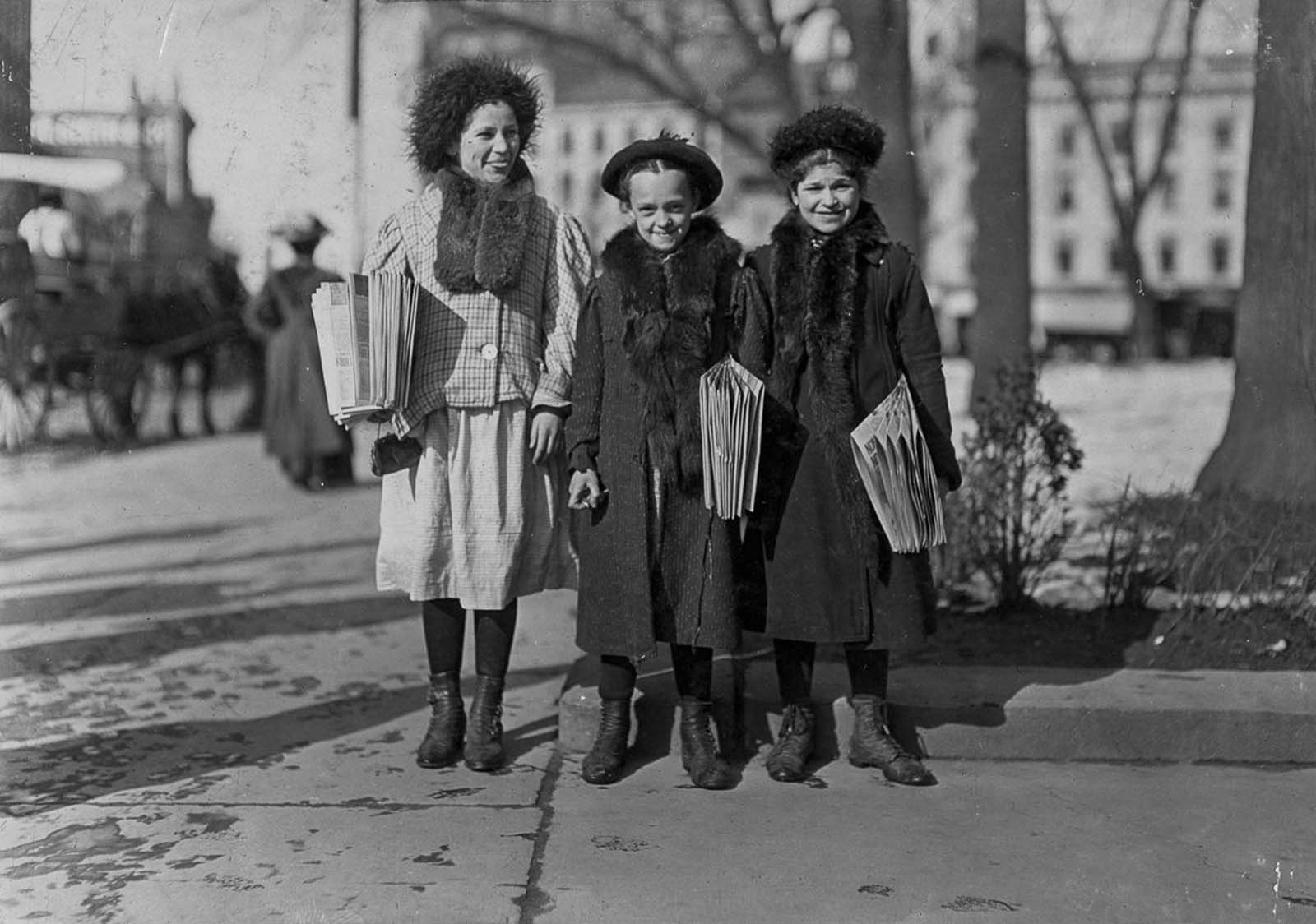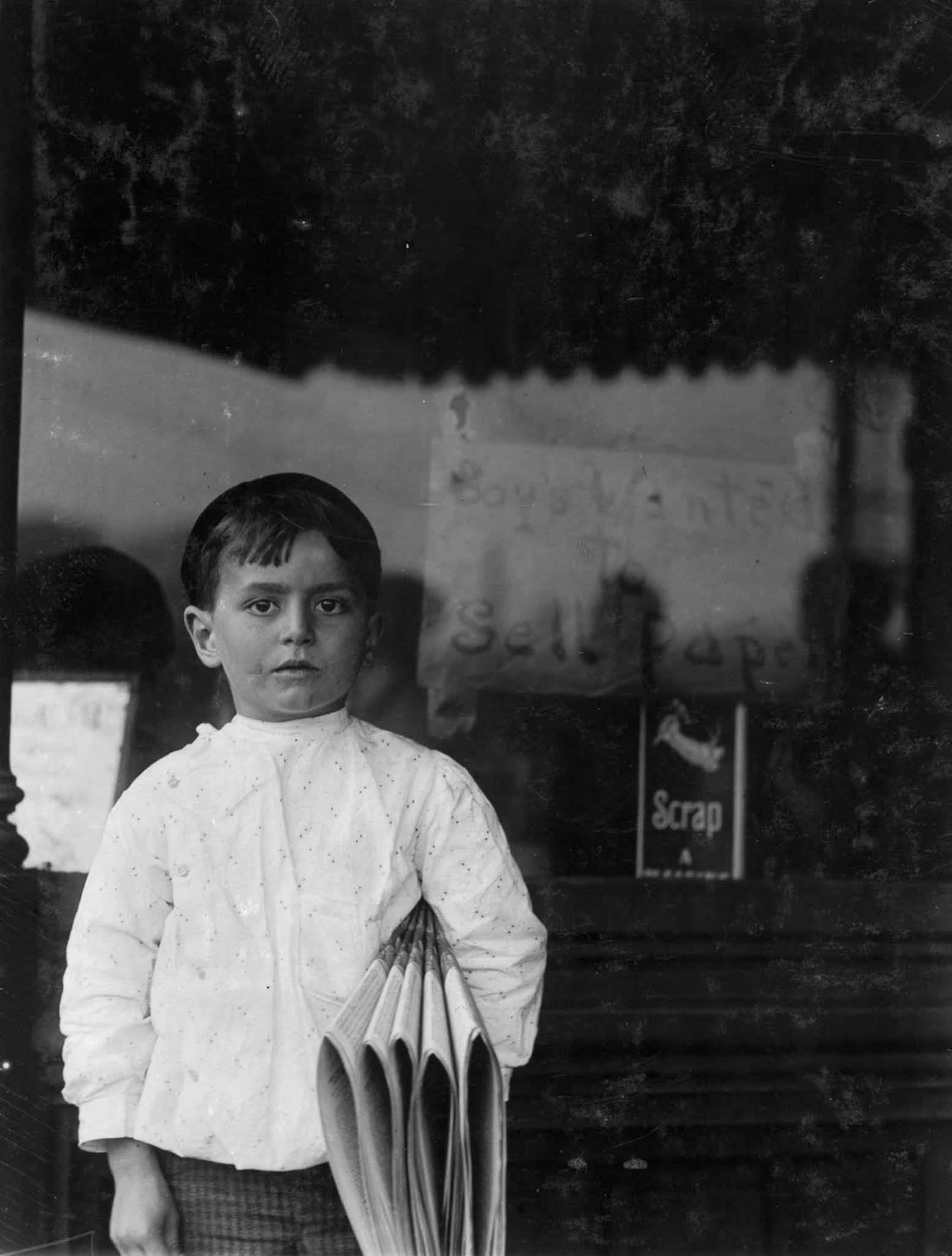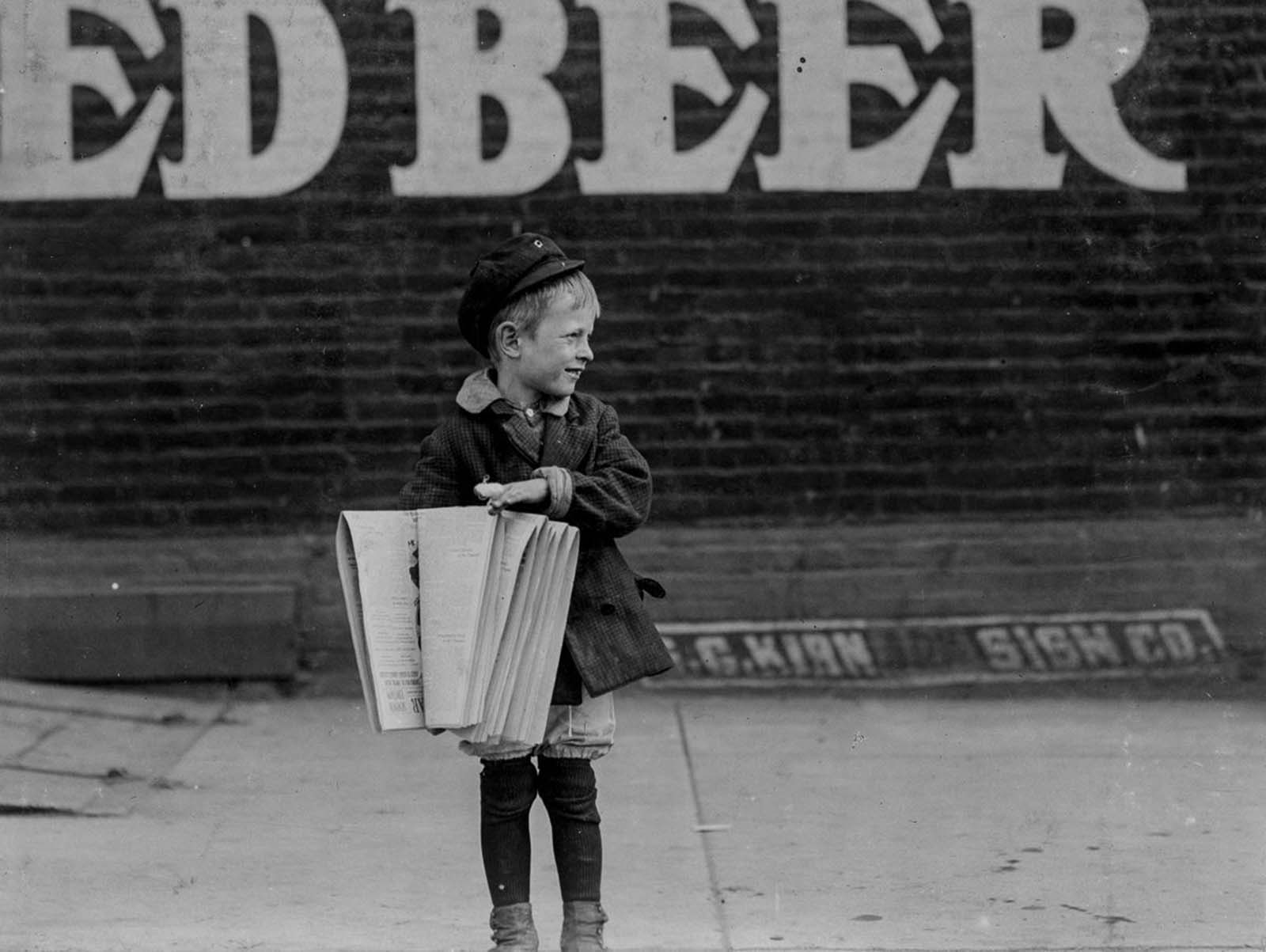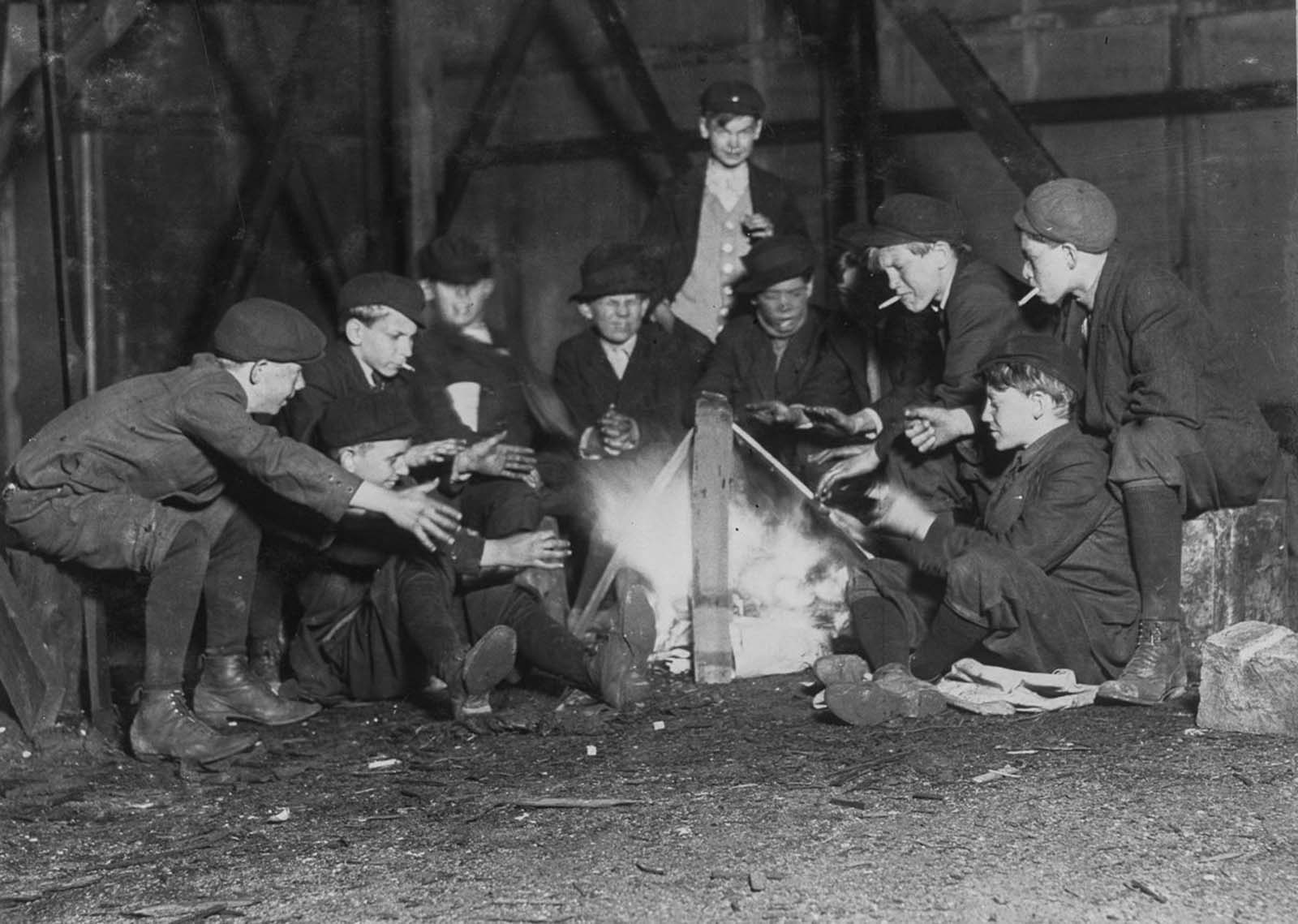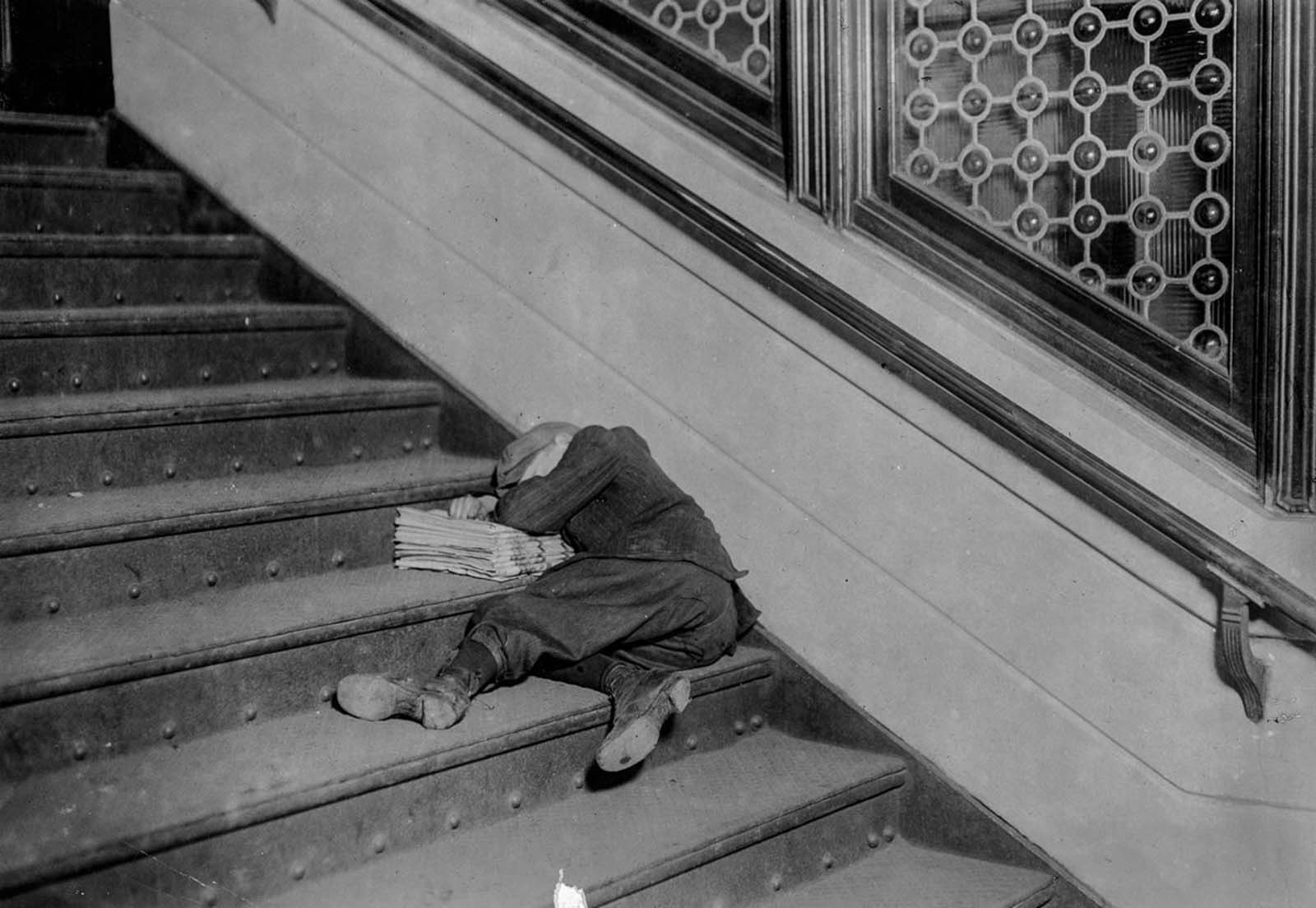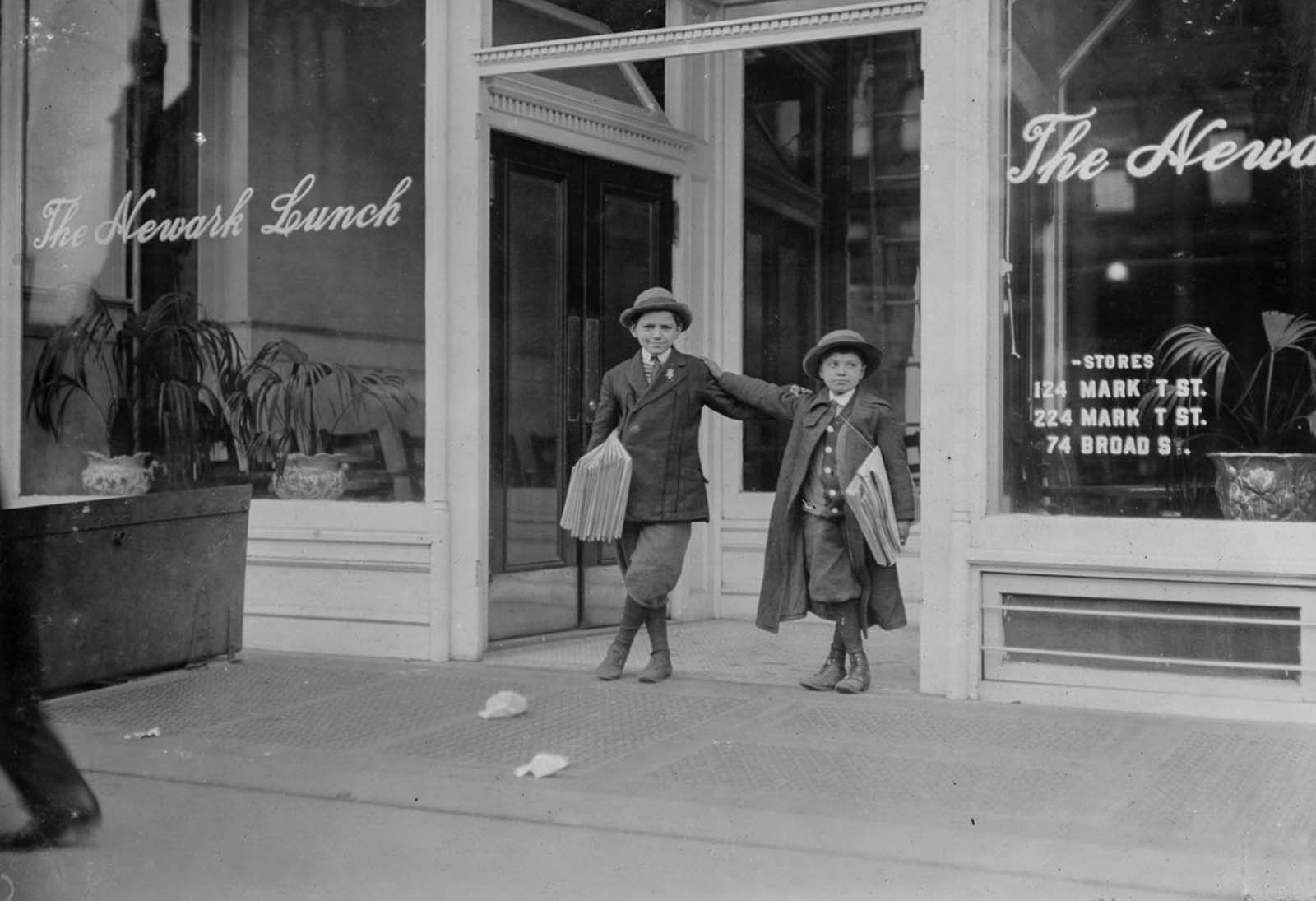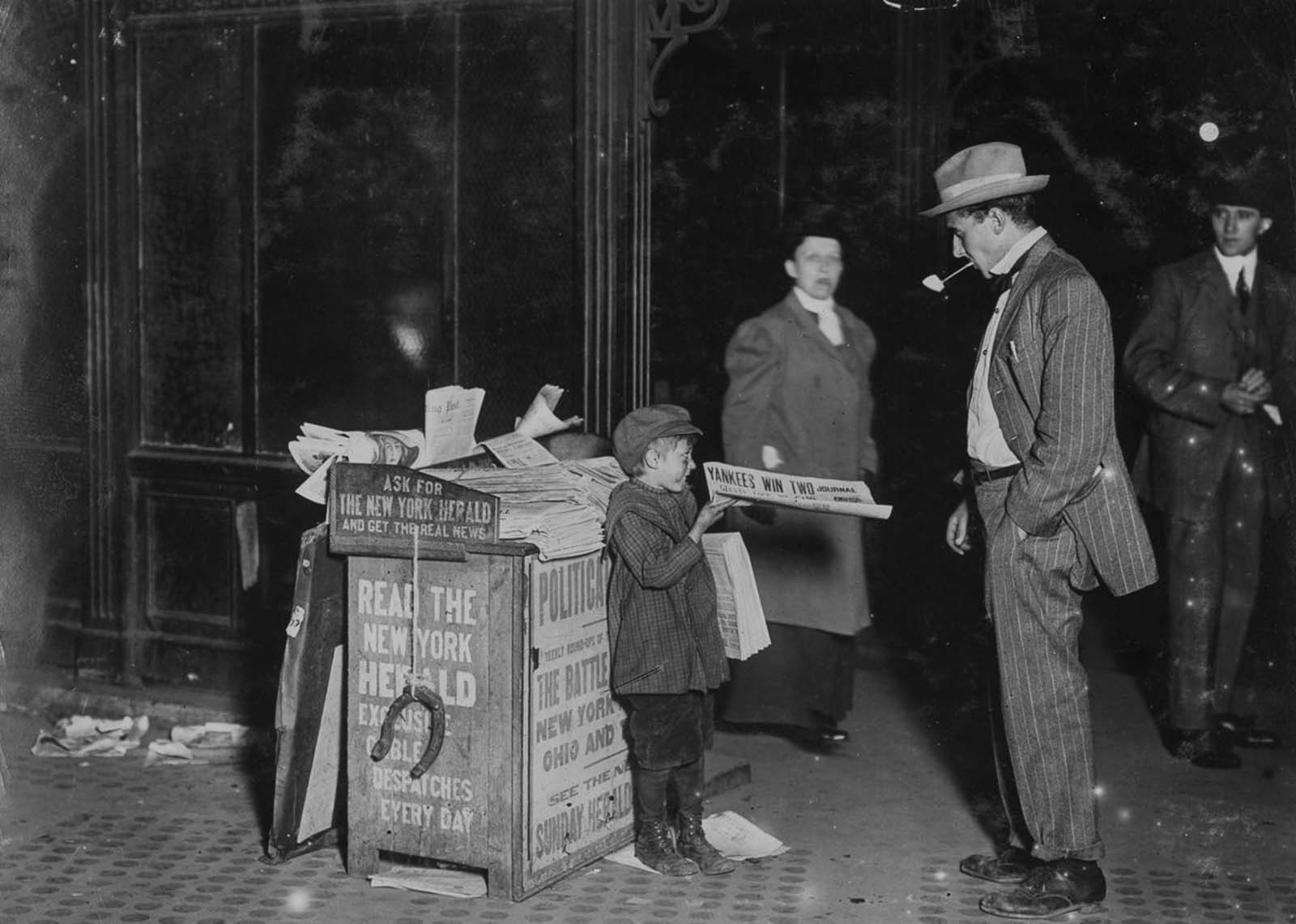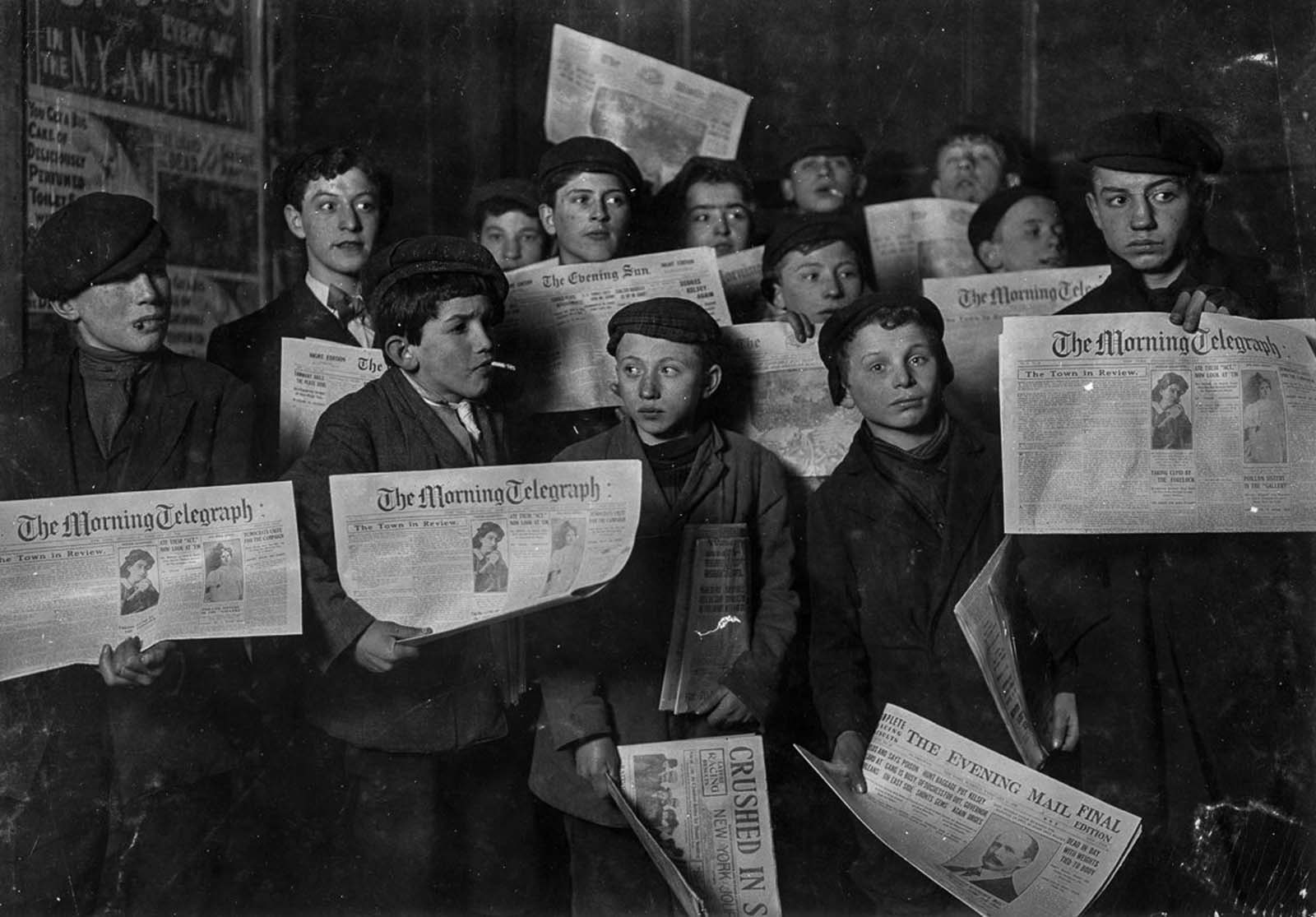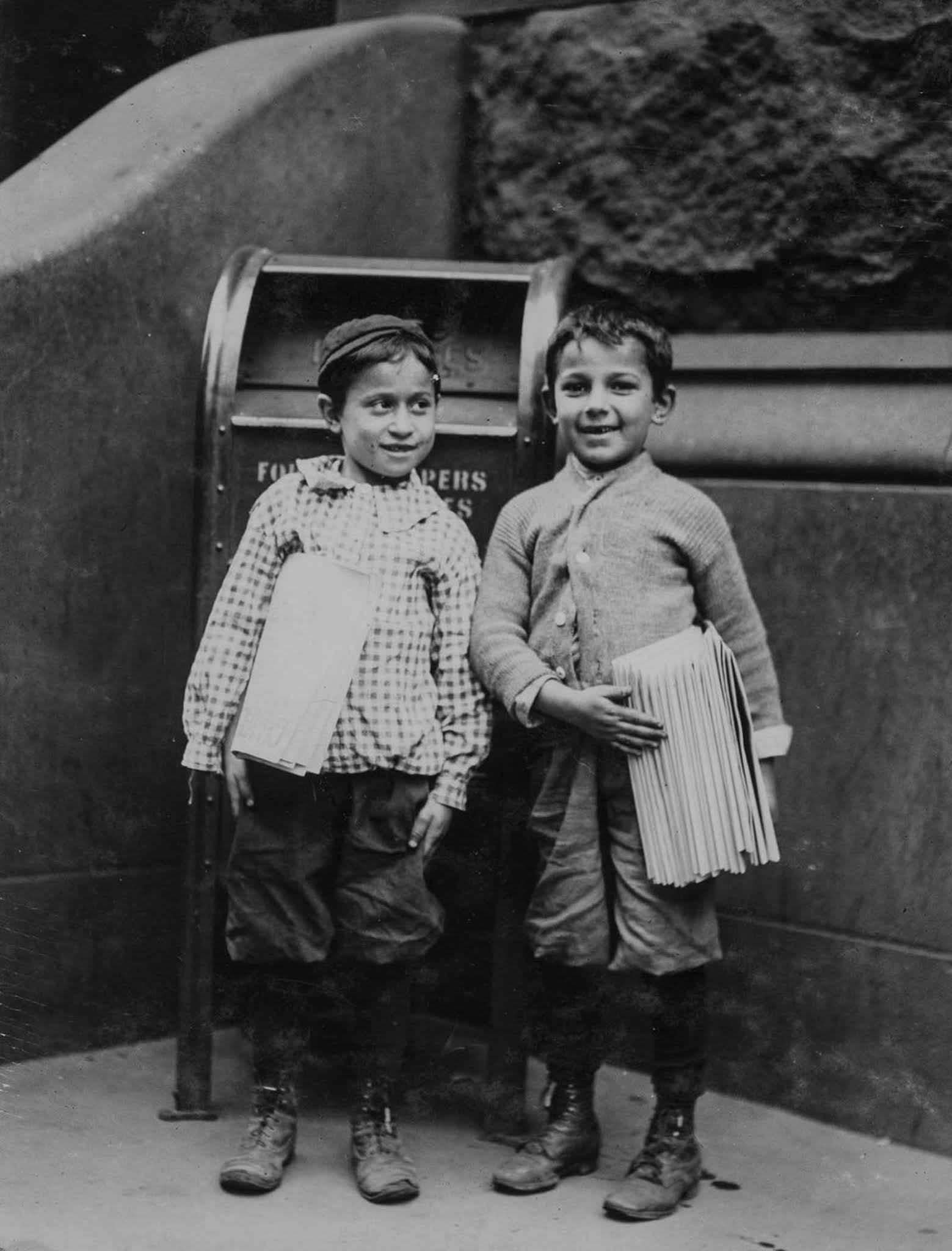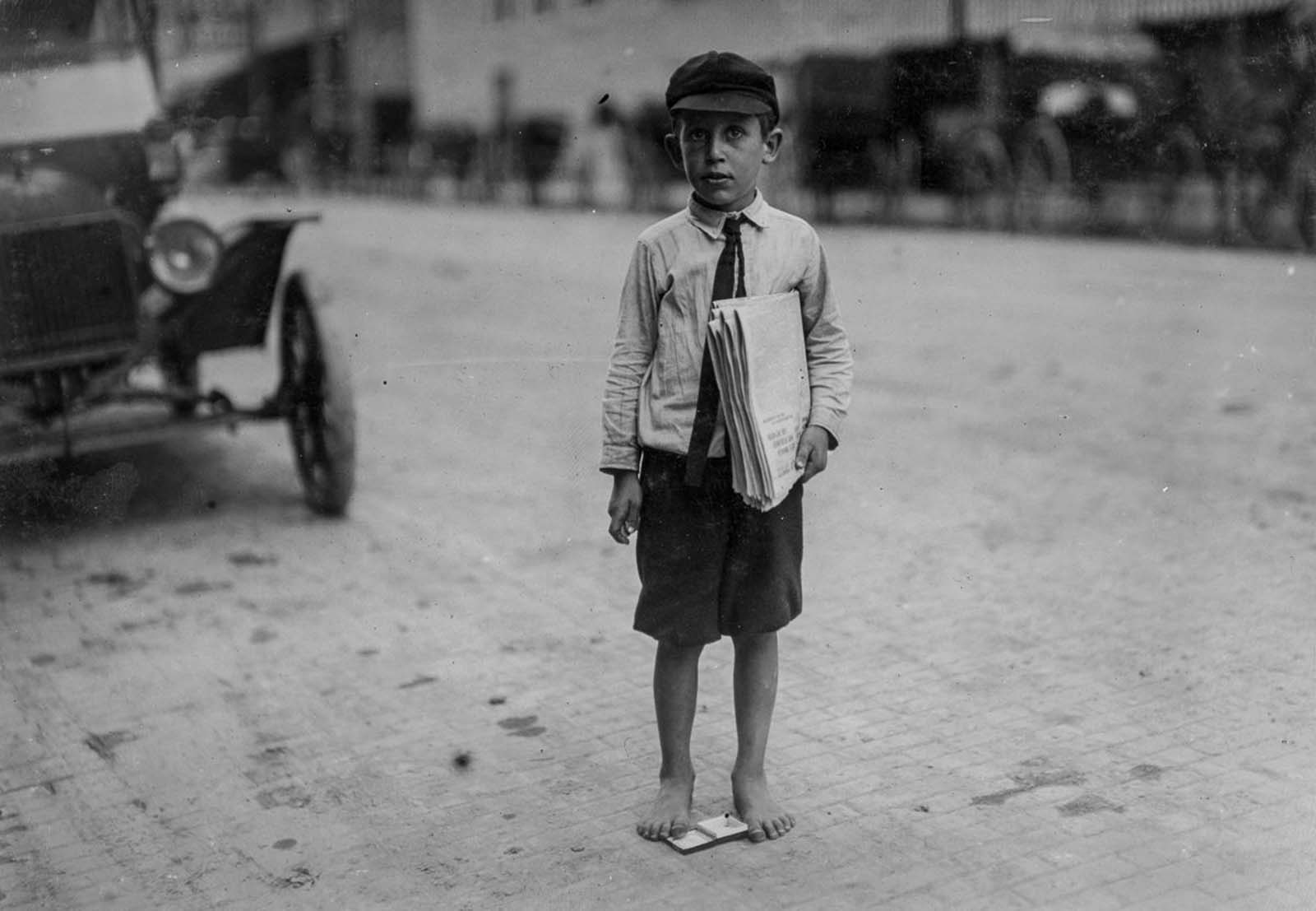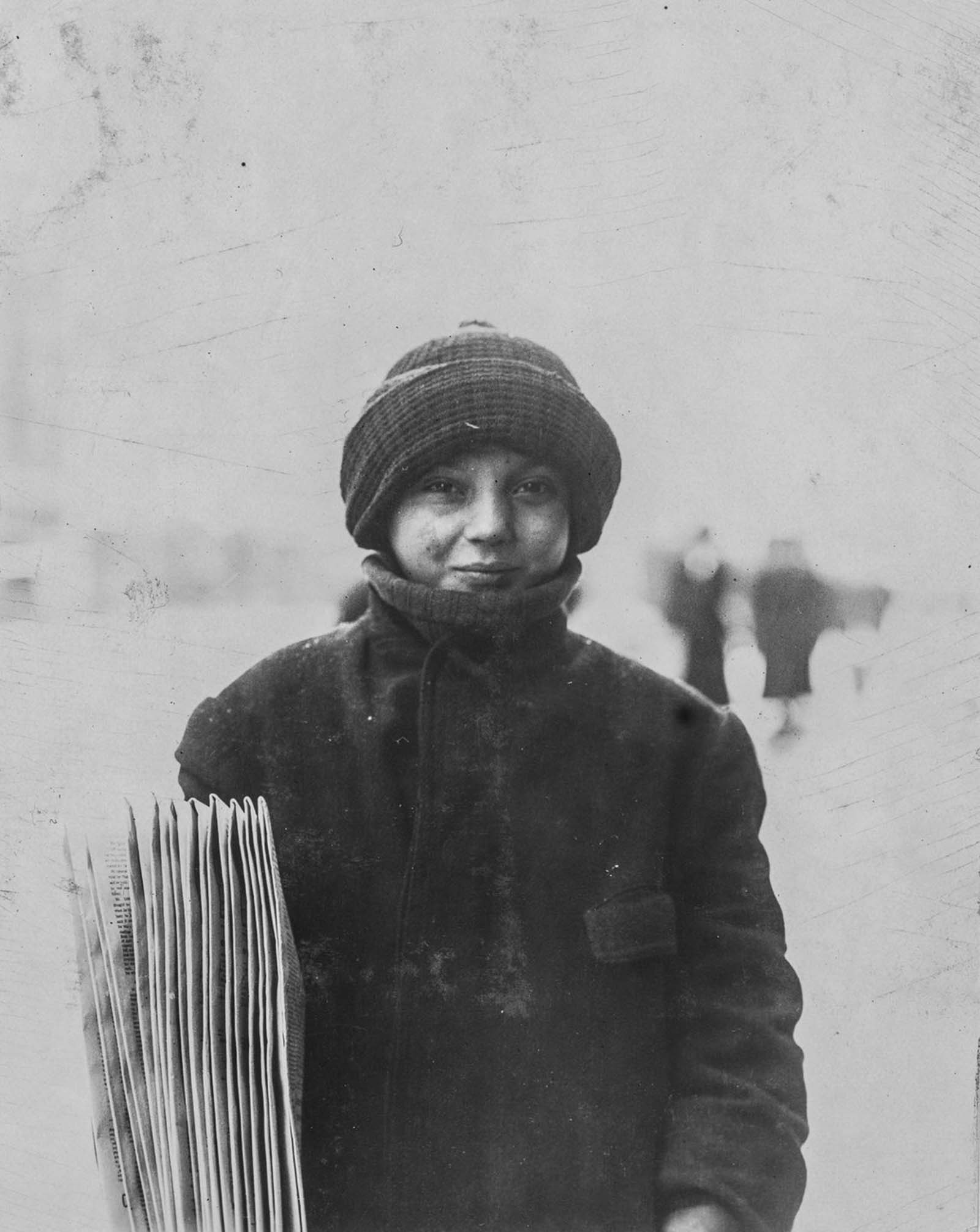After the rise of the daily newspaper in the 1880s, newsboys (and a few newsgirls) sold more than half of all newspapers in the United States. It became possible to purchase papers in afternoon editions as well as morning editions. As the market expanded, newsboys were able to maintain their livelihoods.
The rise of Newsies
The Newsies were a group of street children who bought many newspapers every morning from the different publishing companies. To make a profit, each newspaper boy would have to sell them before the day. Due to the rapidly changing news, the papers could only be sold on the same day each day. The newsies did not get reimbursed for unsold papers, so any paper that remained unsold was a waste of money.
Newsies claimed street corners, theater lobbies, saloons, train stations, and other places where there was heavy foot traffic, blaring headlines, and hustling for tips. Children took on part-time jobs as they were able to work at their own pace. The better-off newsies wore thin fabric, light jackets, and hats with pennies to spare because they could only afford them. At the same time, the others walked New York City’s streets in wintertime dressed in dirty rags without shoes or coats. Newsies rely on other tactics to get people to sympathize with them when their headlines aren’t good, such as faking a limp to get people to pity them. Often, newsies would exaggerate the truth or “out false headlines and shortchange customers.” These headlines might be about fires, strikes, or political corruption, anything that would make buyers feel sympathy.
Poor working conditions
It was a miserable working environment. As seen in many of the photos below, newsies were constantly exhausted. Walking around the city all day kept them on their feet. Children still in the developmental phase found the long hours difficult, mostly during daylight hours. In addition to not going to school, these children spent the whole day selling papers on the streets, in trams, or saloons. The idea was to attempt to make money rather than receive an education. The newsies sold papers to most New Yorkers, showing how many young urban poor were present and raising awareness of child labor.
Newsies group
Newspaper newsies were a recognized group of workers who played an essential role in the newspaper industry. An example of this is the 1899 strike in New York. Two of New York’s most distinguished publishers, Joseph Pulitzer and Randolph Hearst, hiked the newspaper prices. The newsies organized into a union and went on strike against these increases. As a result of the strike, the publishers made a settlement offer to the newsies.
Lewis Hine took these powerful images, which became the face of the movement against child labor, raising public awareness of the issue.
Congress passed the Keating-Owen Act in 1916, outlawing interstate commerce with goods produced by children under the age of 14, 15 or 16. Childhood labor practices disappeared around the 1920s.
#1 Newsboys waiting for the Baseball edition, in a newspaper office. Bad environment, Indianapolis, Indiana, 1908.
#2 One of America’s youngest newsboys. Four years old and regular seller. Tampa, Florida, 1913.
#3 Some of the newsboys returning Sunday papers. Many of them had been out since 5 and 6 a.m. Hartford, Connecticut. 1909.
#4 Tony Casale, 11 years old, been selling 4 years.
#5 11 a.m. Newsies at Skeeter’s Branch, Jefferson near Franklin. They were all smoking. St. Louis, Missouri, 1910.
#6 Patsy, 8-year-old newsboy. Says he makes 50 cents a day. Newark, New Jersey, 1924.
#7 A Pool Room Branch (Chouteau & Manchester).
#8 Another young newsboy. Hartford, Connecticut, 1924.
#9 welve-year-old newsboy, Hyman Alpert, been selling three years. Spends evenings in Boys Club. New Haven, Connecticut, 1909.
#10 Freddie Kafer, a very immature little newsie selling Saturday Evening Posts and newspapers at the entrance to the State Capitol.
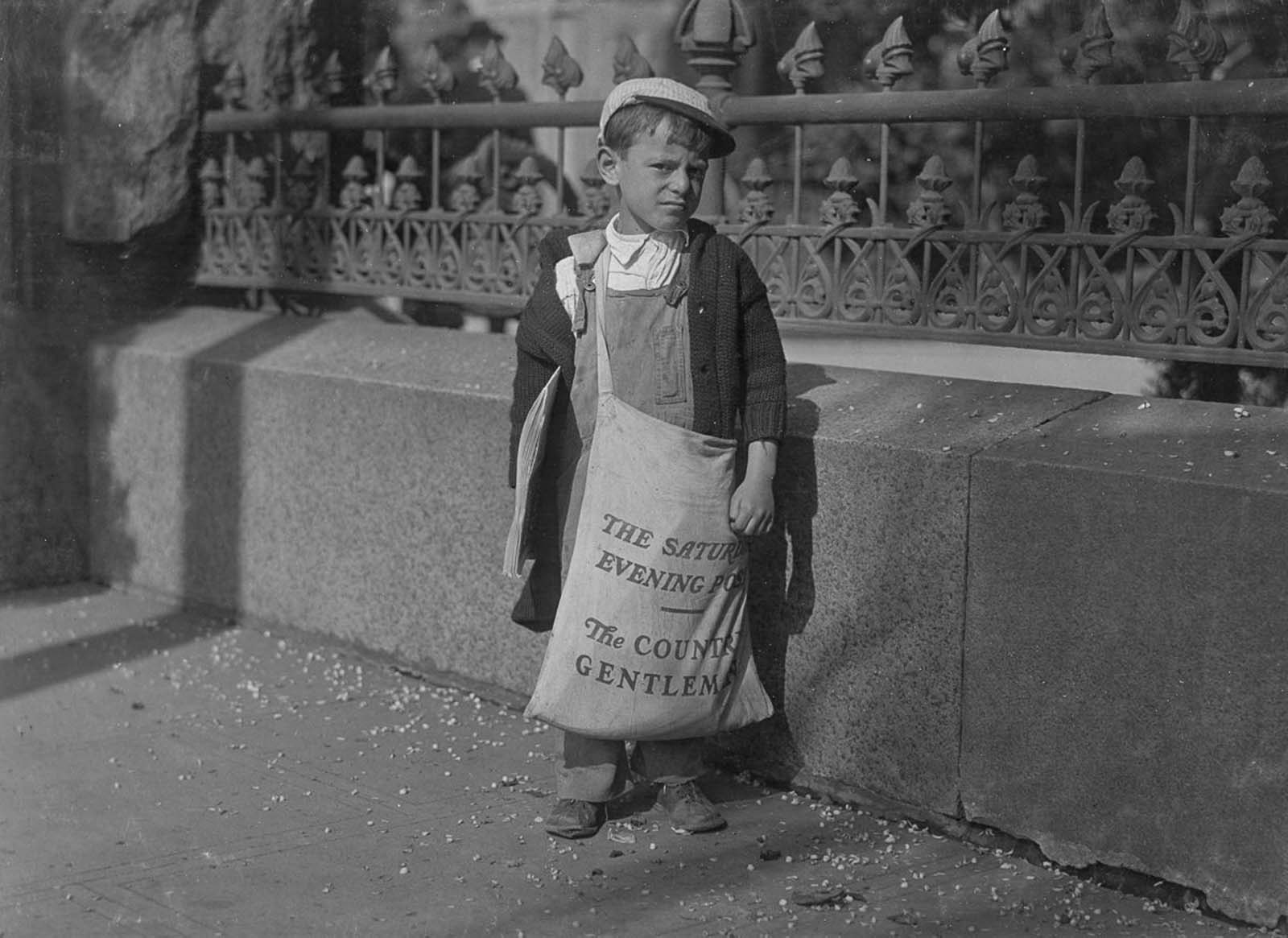
He did not know his age, nor much of anything else. He was said to be 5 or 6 years old. Nearby, I found Jack who said he was 8 years old, and who was carrying a bag full of Saturday Evening Posts, which weighed nearly ½ of his own weight. The bag weighed 24 pounds, and he weighed only 55 pounds. He carried this bag for several blocks to the car. Said he was taking them home. Sacramento, California, 1915.
#11 John Howell, makes 75 cents some days. Begins at 6 a.m., Sundays. (Lives at 215 West Michigan Street). Indianapolis, Indiana, 1908.
#12 Hyman, six year old newsie. Another six year old newsie said he sold until 6 p.m. Lawrence, Massachusetts, 1911.
#13 Nine-year-old newsie and his seven-year-old brother Red. Tough specimen of Los Angeles newsboys. Los Angeles, California, 1915.
#14 Have been selling two years. Youngest, Yedda Welled, is 11-years-old. Next, Rebecca Cohen, is 12. Next, Rebecca Kirwin, is 14. Hartford, Connecticut, 1909.
#15 Johnnie Merkle, 6-year-old newsie. Home of Johnnie Merkle, 5110 North Broadway.
#16 Francis Lance, 5-years-old, 41-inches high. Sells regularly on Grand Avenue. St. Louis, Missouri, 1910.
#17 Jefferson Street Gang of newsboys 10 p.m. over campfire in corner lot behind billboard.
#18 Newsboy asleep on stairs with papers. Jersey City, New Jersey.” 1912.
#19 Max Schwartz (8-years-old) and Jacob Schwartz, 163 Howard Street. Sell until 10 p.m. sometimes. Newark, New Jersey, 1909.
#20 Jerald Schaitberger of 416 West 57th Street, who helps an older boy sell papers until 10 p.m. on Columbus Circle, 1910
#21 1 a.m. near the World Building, ready to start out. Two of the sleepers, larger boy, Abraham Jachnes, 13-years-old.
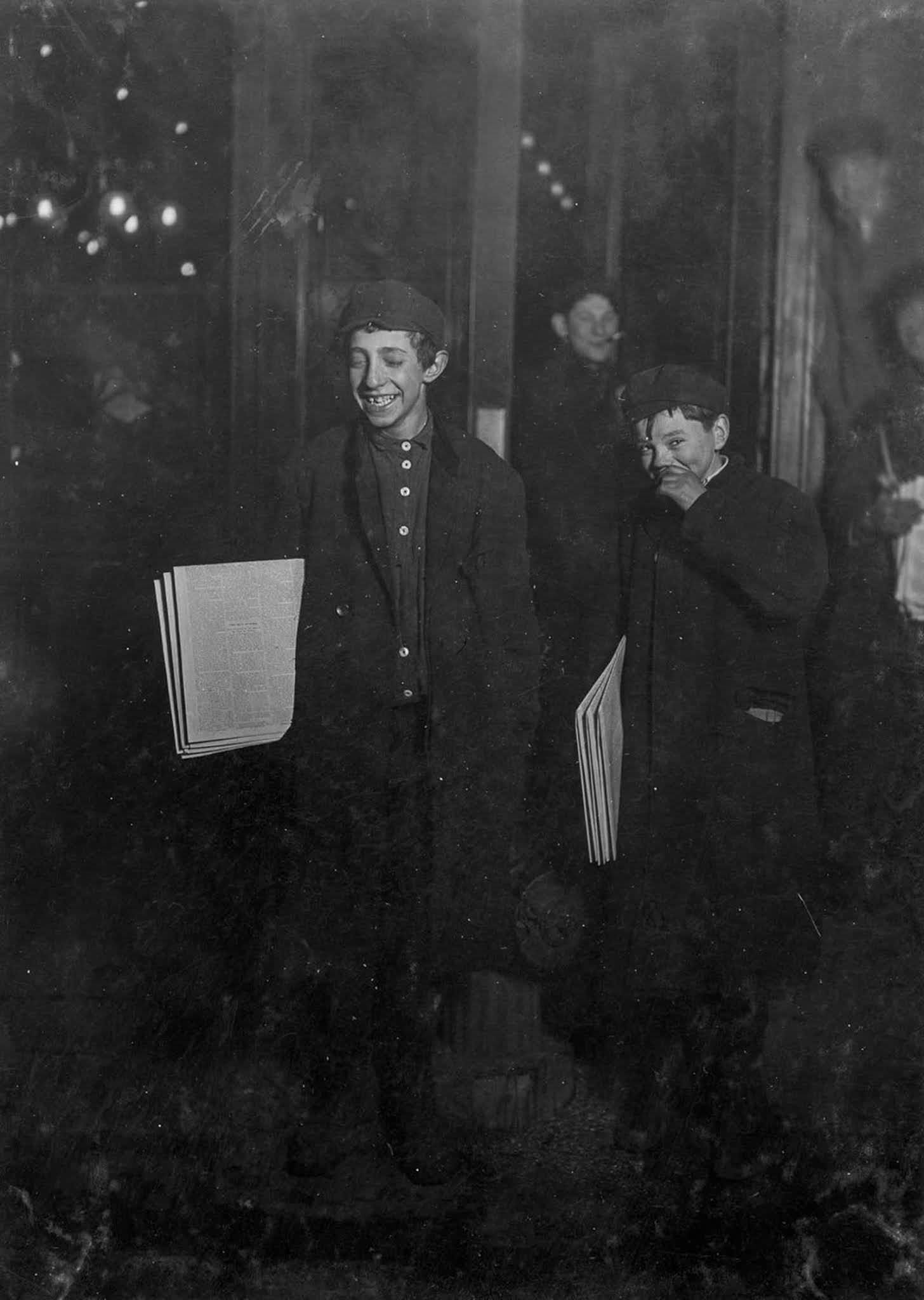
Newsboys Lodging House, 14 Chambers Street. Has not been home for 6 months because step-mother has been trying to put him into a House of Refuge. Could not get name of smaller boy, but he was younger, probably 11-years-old. These boys are hanging about and snatching an occasional sleep in sheltered spots. New York, New York, 1908.


